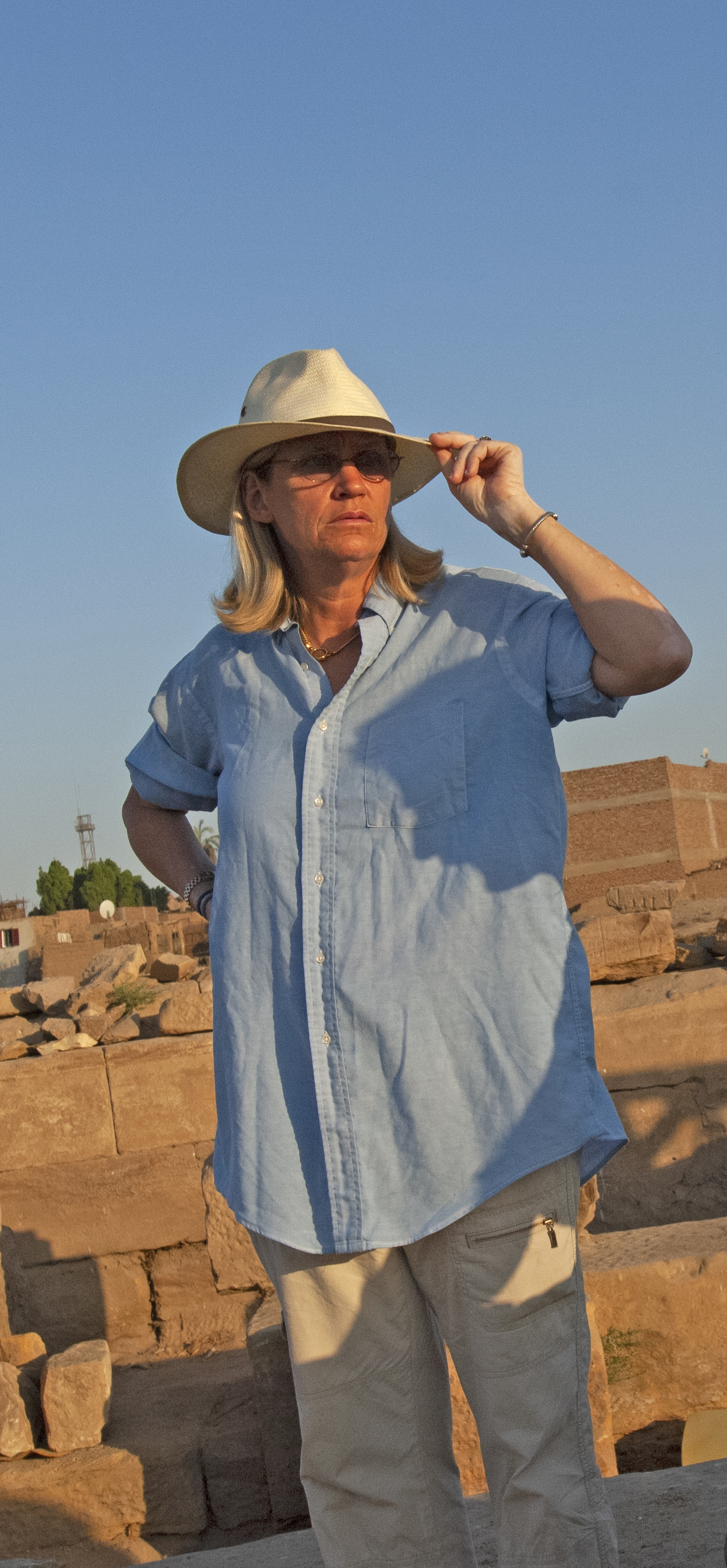The Altered State of Religion Sekhmet and Ritual Revelries in the Reign of Amenhotep III
September 30, 2020 at 1:00 PM ET/ 7:00 PM EET
Dr. Betsy M. Bryan; John Hopkins University
Info about Lecture:
The lioness-headed goddess Sekhmet was one of a number of Egyptian goddesses who controlled the activities of the cosmos as agents of the sun god. They supervised the inundation, the movement of the moon, the stars, and planets, and could be responsible for both beneficial conditions and natural disasters such as famine, flood, and plague. These goddesses, often associated with the cobra uraei seen on the king’s brow, were protective of Ra’s creations and punished those who rebelled against the sun god’s order. Sekhmet was an alter ego for a number of the uraeus goddesses, and more than one major Egyptian myth addressing the importance of a stabilized cosmos refers to her and the need to propitiate her. The so-called Drunkenness Festivals were among the rituals that involved the lioness goddesses and were celebrated at a significant number of temples and sites throughout Egypt from early times. This lecture will focus on the goddess Sekhmet and her ritual celebrations in the reign of Amenhotep III for whom many hundreds of seated and standing stone statues of that goddess were sculpted and placed in the king’s funerary temple at Kom el Hettan and at the Mut Temple south of Karnak. How this king and his priests incorporated the Sekhmet cultic revelries in combination with the enormous production of statuary will be considered, along with the ultimate types of celebration and their performative impact.
About Dr. Betsy Bryan:
I have spent nearly all my research life as an Egyptologist studying the New Kingdom’s Eighteenth Dynasty and the periods before and after. Yet, I’m fortunate to teach across several millennia from the Predynastic to the end of the New Kingdom. Having done my graduate studies under William Kelly Simpson at Yale University, finishing in 1980, I was exposed and heavily influenced by a rich combination of ancient language fused with material culture. It is seamless in my view and can be easily identified from almost the first page of my thesis on The Reign of Thutmose IV as well as in the program that I represent at Johns Hopkins.
My research interests are broadly historical and art historical, as well as archaeological, but always motivated by curiosity about the people connected to artifacts and monuments – their culture-wide community precepts and percepts which are in many cases accessible to us; and their more personalized experiences of the environments in which they lived – something far more rarely visible or discernible. Because I have primarily worked in Theban tombs and for twenty years, the Temple of the goddess Mut at Southern Karnak, my sources for new materials to communicate with the people of ancient Egypt have primarily been from these settings or from museum collections. Mut has been a phenomenal source of almost any type of new information and has particularly led me to study the rituals of drunkenness in the New Kingdom, after we unearthed the Hall of Drunkenness dated to Hatshepsut’s reign, ca. 1470s B.C. The meaning of these communal rituals and the Mut Temple for the rulers of the New Kingdom and the people who worshiped there is a challenge of late. Many threads of evidence combine to inform these inquires.
Registration will close 24 hours before the lecture starts. Registration does not include any future lectures in this series.
